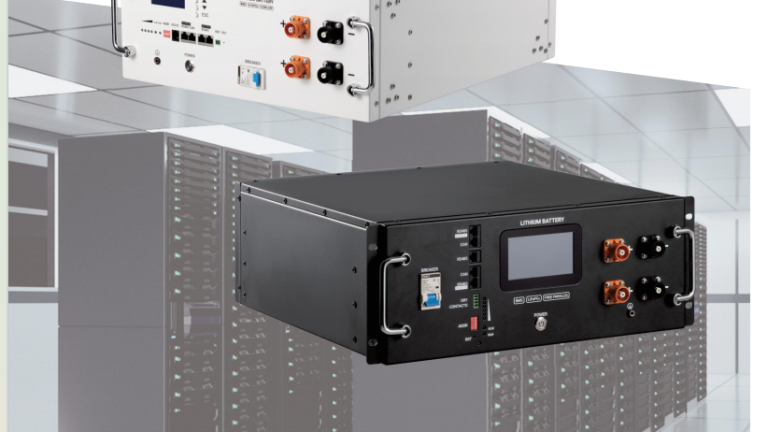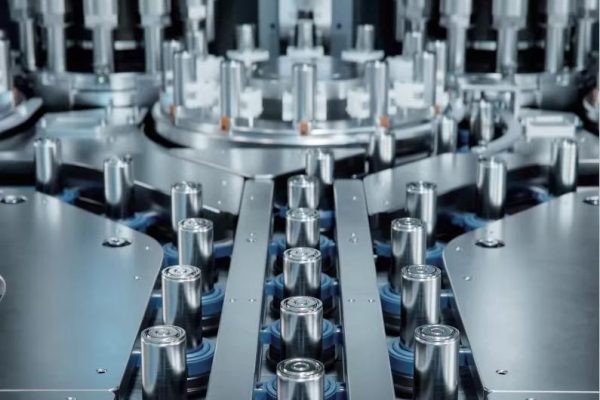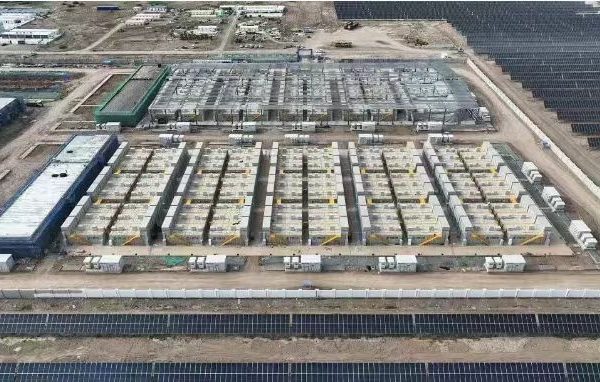Why Maximum Power Point Tracking Is Essential for Efficient PV + Storage Systems
1. Introduction
As solar PV systems become more integrated with energy storage and intelligent management, inverter design has evolved far beyond simple DC-AC conversion. One of the most critical features enabling this evolution is Maximum Power Point Tracking (MPPT).
Whether you’re designing a residential solar+storage setup or sourcing hybrid inverters for C&I applications, understanding MPPT is essential for:
- Maximizing energy harvest from PV panels
- Ensuring system reliability in dynamic weather conditions
- Reducing balance-of-system (BoS) costs through smarter system architecture
This article explains what MPPT is, how it works, and why it’s a cornerstone of modern inverter design, especially in PV+ESS systems for small-to-medium scale projects.
2. What Is MPPT and Why Does It Matter?
🔧 MPPT Defined:
Maximum Power Point Tracking is a power electronics technique used in inverters and solar charge controllers to extract the maximum available power from a photovoltaic (PV) array under varying conditions of sunlight and temperature.
A PV panel has a non-linear voltage-current (V-I) curve. At any given time, there is one point on this curve—the Maximum Power Point (MPP)—where the panel delivers its maximum power output (P = V × I).
MPPT algorithms continuously adjust the input operating voltage to track and maintain operation at that MPP.
✅ Without MPPT, energy harvest from the PV array could be reduced by 10–30%, especially under partial shading or temperature shifts.
3. How MPPT Works: The Core Mechanism
Example Scenario:
- A 400 W solar panel may deliver:
- 40V @ 10A at full sun (MPP)
- But only 30V @ 8A at partial shading
An MPPT-enabled inverter or charge controller samples PV voltage and current, calculates power, and adjusts input voltage via a DC-DC converter (usually a buck or boost topology) to maintain optimal power.
Common MPPT Algorithms:
- Perturb and Observe (P&O) – most commonly used; tracks changes in power with slight voltage adjustments
- Incremental Conductance – more accurate under rapidly changing irradiance
- Constant Voltage – simpler, used in low-cost or fixed-condition systems
📊 The better the MPPT tracking algorithm, the more stable and efficient the system is under dynamic load and weather conditions.
4. MPPT in Modern Inverter Architecture
4.1 Single MPPT vs. Dual/Multiple MPPTs
| MPPT Configuration | Use Case | Pros | Cons |
|---|---|---|---|
| Single MPPT | Simple, uniform PV array setups | Lower cost | Poor performance with shading |
| Dual MPPT | Residential rooftops (east/west) | Handles multiple orientations | Slightly higher cost |
| 4–6 MPPTs | C&I or string inverters | High flexibility, better yield | Larger footprint, higher price |
4.2 MPPT in Hybrid Inverters
In hybrid inverters, MPPT plays a dual role:
- Harvesting PV efficiently for immediate use or storage
- Coordinating with the battery’s charge controller to avoid energy clipping or overcharge
A well-designed hybrid inverter will:
- Include independent MPPTs per string, allowing modular PV design
- Allow voltage range compatibility with both high-voltage and low-voltage battery systems
- Maintain optimal MPP tracking even when grid or battery conditions are changing
5. Key MPPT Parameters When Sourcing Inverters
When evaluating or sourcing inverters, pay attention to:
| Parameter | What It Means | Why It Matters |
|---|---|---|
| MPPT Voltage Range | The voltage window in which MPPT can operate | Must match PV array Vmp across seasons and shading |
| Number of MPPT Inputs | How many strings can be tracked independently | Affects design flexibility and total system yield |
| Max PV Input per MPPT | Maximum power per tracker input | Critical for large rooftop or east/west array configurations |
| MPPT Efficiency | Usually 98–99% | Higher efficiency = less thermal loss = better performance |
| Response Time | How fast MPPT adjusts to changing sunlight | Important in areas with cloud variability |
6. MPPT in Special Applications
6.1 Partial Shading Environments
Trees, walls, and uneven rooftop slopes can cause mismatch losses.
🔁 Multiple MPPTs or module-level optimizers can isolate shaded strings from impacting the entire array.
6.2 Bifacial Modules or East-West Arrays
Different strings may have different irradiance profiles.
Dual or quad MPPT inverters allow each array to operate independently at its own MPP, improving total system yield.
6.3 Off-grid Systems
In off-grid PV + ESS setups, the MPPT must coordinate with:
- Battery voltage curves
- Generator inputs
- Load demands that vary unpredictably
Advanced MPPT systems in these cases may also feature load shedding signals, PV curtailment, or priority charging logic.
7. MPPT and Energy Management Systems (EMS)
MPPT doesn’t operate in isolation in modern systems.
It feeds data into the EMS, which:
- Monitors PV generation
- Decides when to charge/discharge batteries
- Coordinates with grid export/injection regulations
- Enables time-of-use optimization
🚀 A smart EMS + MPPT combination ensures that every watt of sunshine is either stored, used, or exported intelligently.
8. Common Pitfalls in MPPT Selection
| Mistake | Problem It Causes |
|---|---|
| Using inverters with limited MPPT range | Panels operate outside MPP during cold/hot seasons |
| Underestimating number of MPPTs needed | One shaded string reduces output of all others |
| Not considering PV orientation | MPP may differ significantly on east/west strings |
| Ignoring firmware quality | Poor algorithm = delayed MPP tracking |
9. Summary: Why MPPT Matters for PV+ESS Systems
| Feature | Impact |
|---|---|
| High-efficiency MPPT | Boosts energy yield by up to 30% in variable sun |
| Multiple MPPTs | Allows flexible, modular PV design |
| Wide voltage window | Ensures year-round compatibility |
| Smart coordination with ESS | Reduces energy waste and enhances battery life |
In modern energy systems, MPPT is not just a “nice to have”—it’s a foundational component that determines the efficiency, adaptability, and value of your inverter and your entire PV+storage system.









